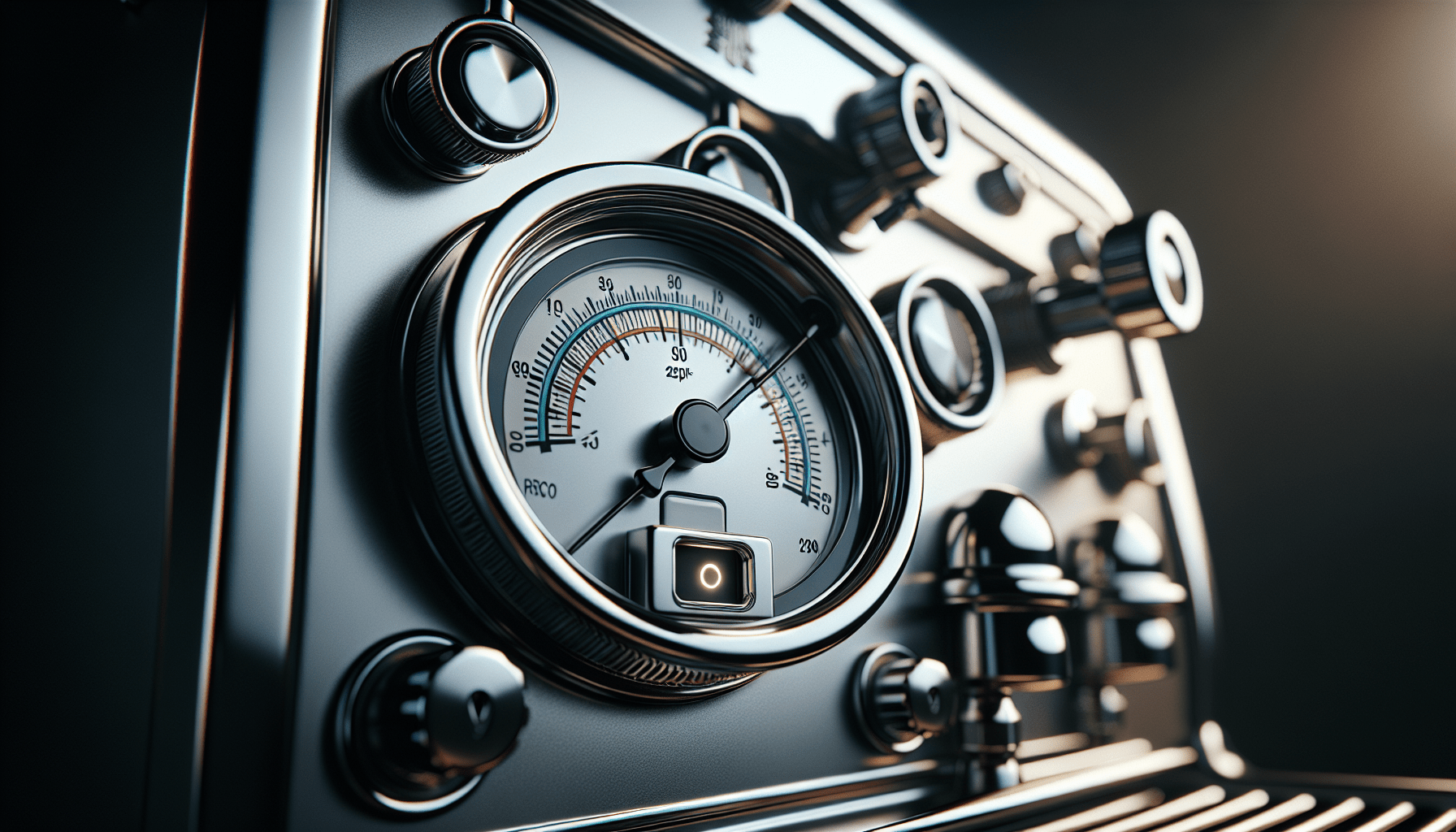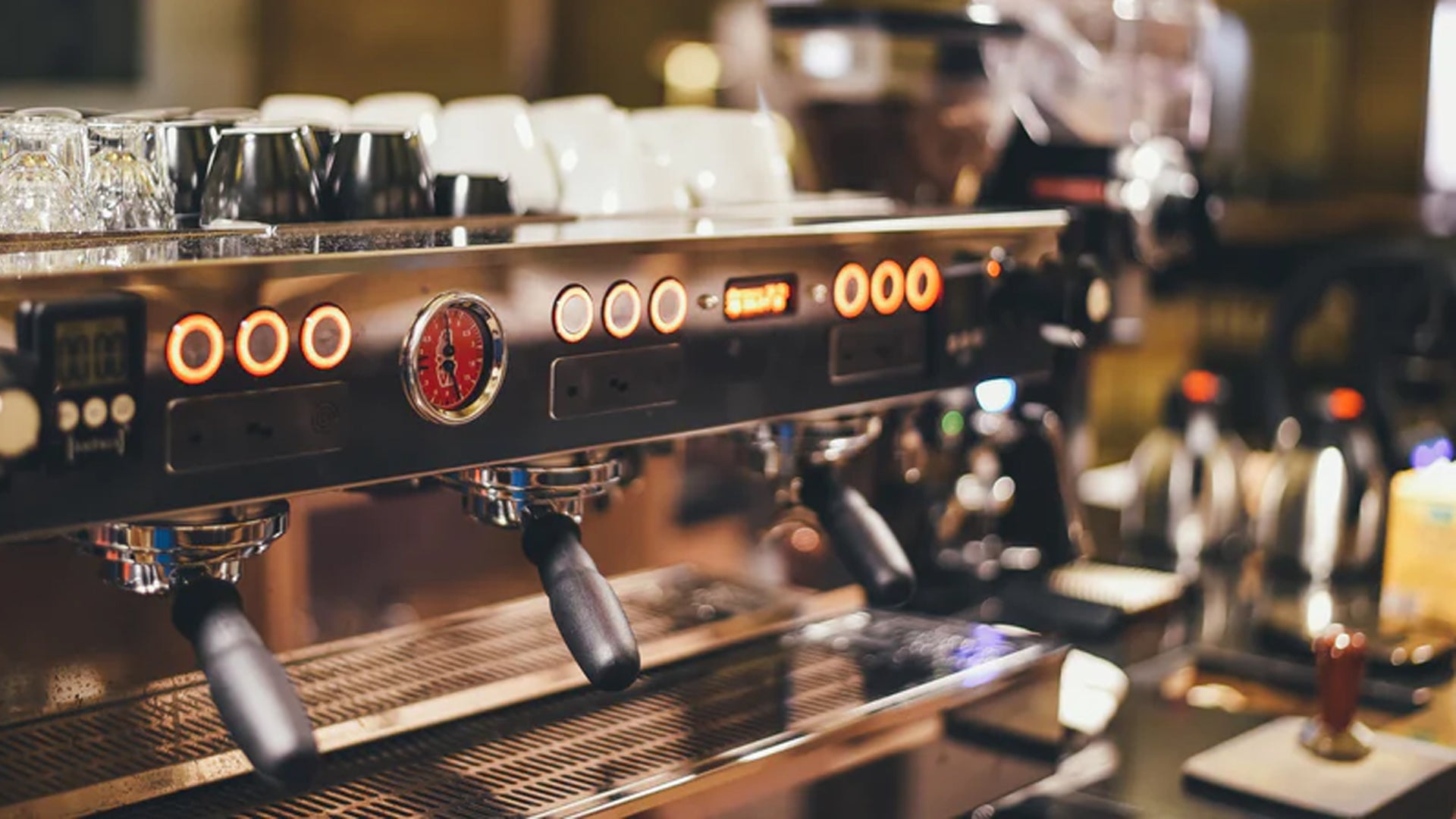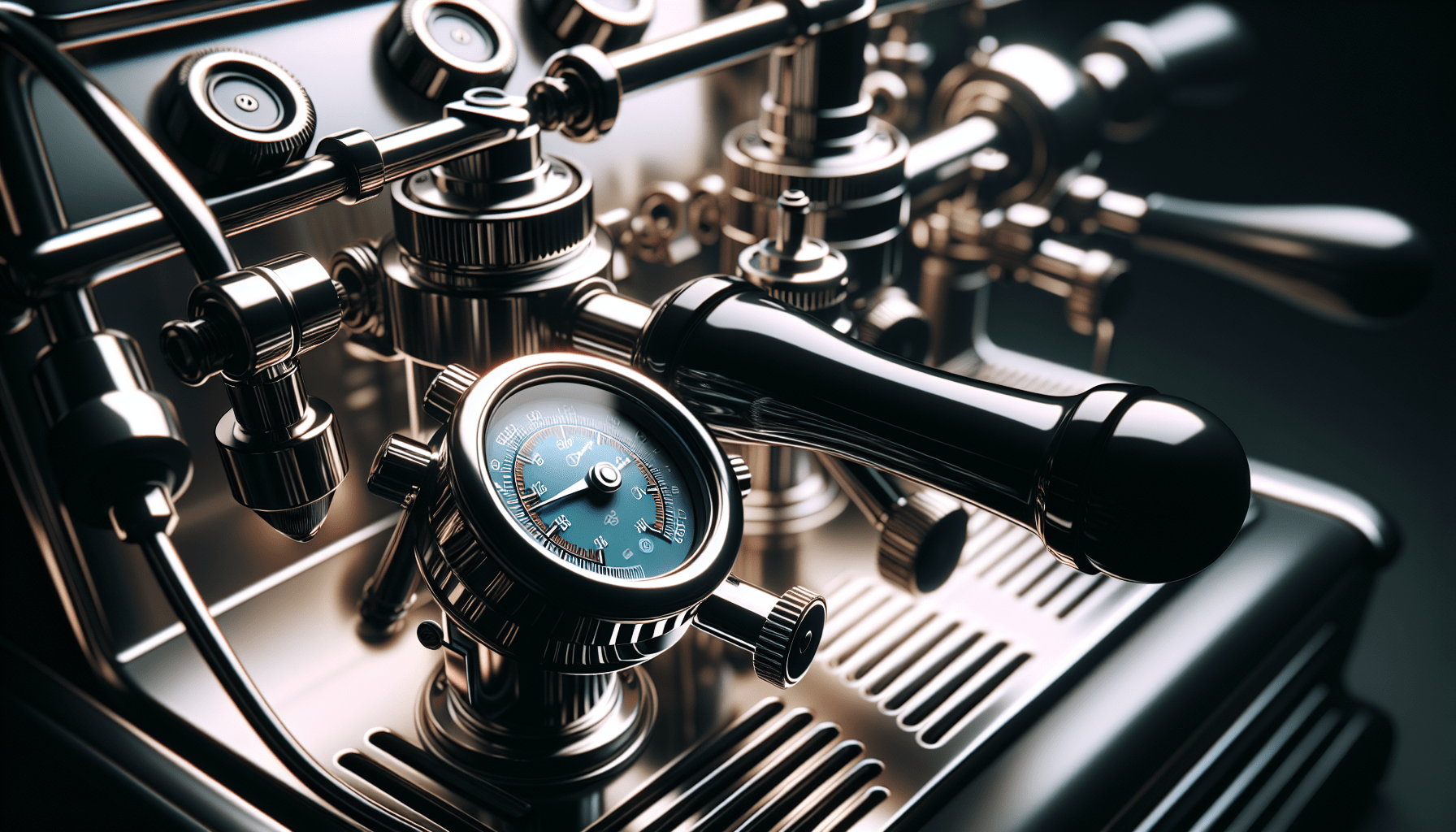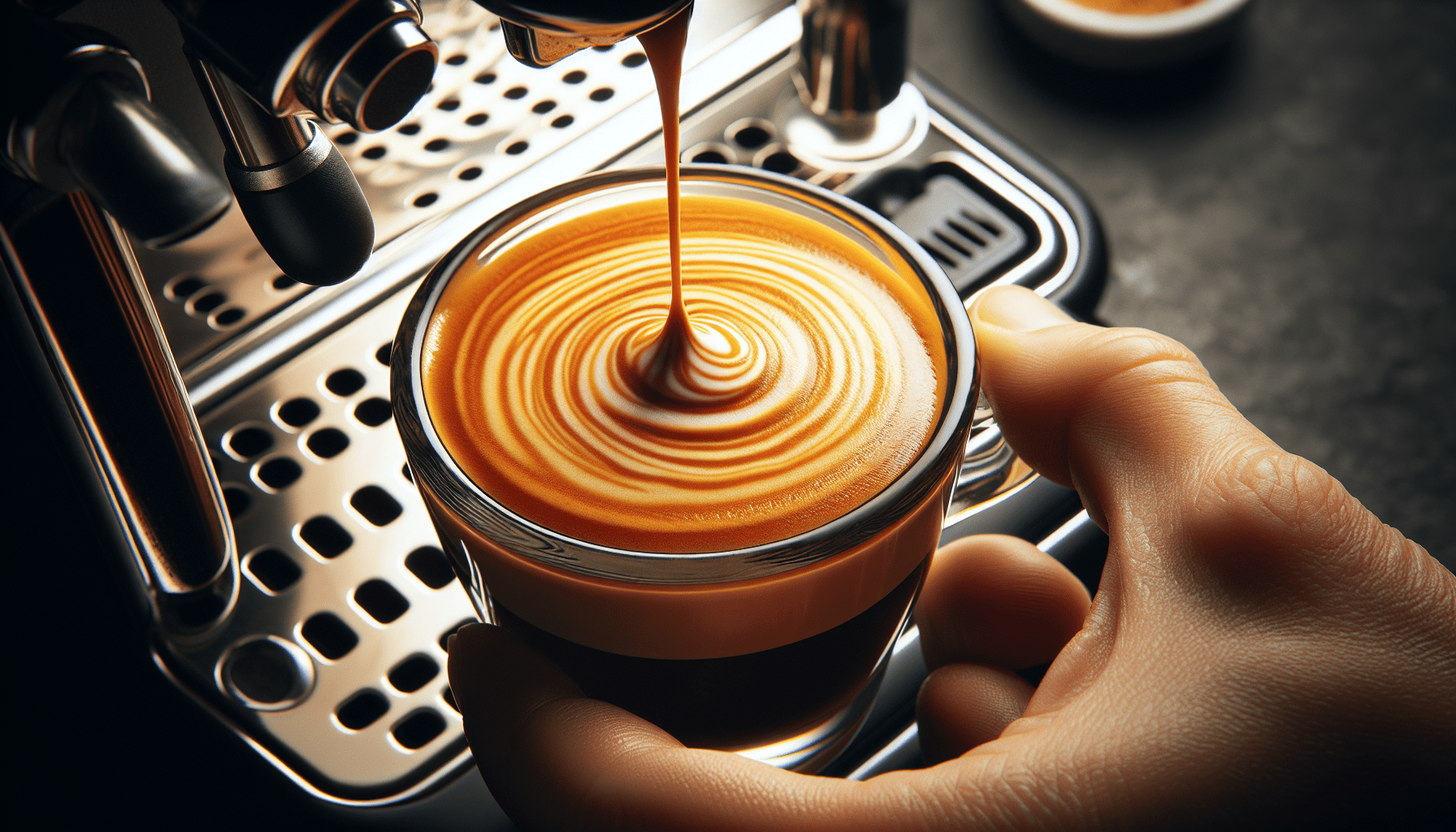Have you ever wondered if you can personalize the brew pressure profiles on your semi-automatic espresso machine? Well, the answer is a resounding yes! With advancements in coffee technology, it has become easier than ever to experiment and fine-tune your coffee brewing experience. By adjusting the brew pressure profiles, you can achieve different flavors and strengths in your cup of espresso. Let’s explore the exciting world of customizing brew pressure profiles on a semi-automatic espresso machine and discover how you can unlock a whole new level of coffee perfection.
Understanding Brew Pressure Profiles
What are brew pressure profiles?
Brew pressure profiles refer to the specific patterns of pressure applied during the extraction process of brewing espresso. It involves manipulating the pressure at different stages to optimize the extraction and flavor of the coffee. By adjusting the pressure, coffee enthusiasts can create a more customized and unique espresso experience.
Why are they important?
Brew pressure profiles are important because they have a direct impact on the flavor and quality of the espresso. Different pressure profiles can bring out varying characteristics of the coffee, such as sweetness, acidity, and body. By understanding and customizing these profiles, baristas and coffee enthusiasts can elevate their brewing skills and create a more enjoyable cup of espresso.
How do they affect the flavor of espresso?
The brew pressure profiles influence the flavor of espresso by affecting the extraction process. During brewing, water is forced through the coffee grounds, extracting the soluble compounds responsible for aroma, flavor, and body. By adjusting the pressure, you can control the rate and extent of extraction. This can result in variations in flavor intensity, acidity, sweetness, and mouthfeel.
Benefits of Customizing Brew Pressure Profiles
Achieving optimal extraction
Customizing brew pressure profiles allows for the achievement of optimal extraction. By manipulating the pressure, you can ensure that the water extracts the desired flavors from the coffee grounds without over or under-extraction. This leads to a more balanced and flavorful cup of espresso.
Enhancing flavor profiles
Customized brew pressure profiles can enhance the flavor profiles of different coffee beans. By adjusting the pressure at various stages, you can bring out specific characteristics, such as the brightness of fruity notes or the richness of chocolate undertones. This level of customization and control allows for a more personalized and enjoyable coffee experience.
Adapting to different coffee beans
Different coffee beans have varying characteristics and requirements for extraction. By customizing brew pressure profiles, you can adapt to different types of coffee beans and achieve the best possible extraction for each one. This flexibility enables you to highlight the unique flavors and qualities of each coffee variety, enhancing the overall coffee experience.
Factors Influencing Brew Pressure
Grind size
The grind size of the coffee beans is a crucial factor in brew pressure customization. Finer grinds generally require lower brew pressure to achieve optimal extraction, while coarser grinds may need higher pressure. Adjusting the grind size allows for the control of extraction rates and flavors.
Dosage
The amount of coffee used, also known as the dosage, impacts the brew pressure profile. A higher dosage generally requires higher pressure to maintain a consistent flow rate. On the other hand, a lower dosage may require lower pressure to avoid channeling or uneven extraction. Balancing the dosage with the brew pressure profile ensures a well-extracted espresso.
Tamping pressure
The pressure applied while tamping the coffee grounds can affect the brew pressure profile. Inconsistent tamping pressure can lead to channeling and uneven extraction. By maintaining a consistent and appropriate tamping pressure, you can ensure a more predictable and controlled brew pressure profile.
Tools and Equipment for Customization
Pressure profiling kit
A pressure profiling kit is a valuable tool for customizing brew pressure profiles. It allows for precise control over the pressure applied during different stages of the extraction process. These kits typically include additional gauges, valves, and components that enable the modification and regulation of the brew pressure.
Flow control device
A flow control device is another useful tool for adjusting brew pressure profiles. It provides greater control over the rate at which water flows through the coffee grounds during extraction. By manipulating the flow, you can influence the overall pressure and optimize the extraction of flavors.
Pressure gauge
A pressure gauge is essential for monitoring and measuring the brew pressure during extraction. It helps ensure consistency and allows for accurate adjustments when customizing the brew pressure profiles. By keeping a close eye on the pressure gauge, you can make real-time adjustments to achieve the desired flavor extraction.
Step-by-Step Guide to Customizing Brew Pressure Profiles
Calibrating the equipment
Before customizing brew pressure profiles, it is crucial to calibrate your equipment properly. This involves ensuring that all the components are clean, in good working condition, and properly assembled. Calibrating the equipment will help eliminate any variables that could impact the accuracy and consistency of the brew pressure profiles.
Identifying the ideal pressure profile
To identify the ideal pressure profile, the first step is understanding the flavor profile of the coffee you are working with. Different coffee beans require different pressure profiles to bring out their unique characteristics. Experiment with different pressure profiles to find the one that best suits your coffee and desired flavor profile.
Adjusting grind size and tamping pressure
Once you have identified the ideal pressure profile, fine-tune the extraction process by adjusting the grind size and tamping pressure. Finer grinds generally require higher pressure, while coarser grinds may need lower pressure. It is also important to maintain a consistent and appropriate tamping pressure to ensure even extraction.
Experimenting with Different Profiles
Modifying pre-infusion pressure
One way to experiment with brew pressure profiles is by modifying the pre-infusion pressure. Pre-infusion refers to the initial stage of extraction where hot water is gently introduced to the coffee grounds before applying full pressure. By adjusting the pre-infusion pressure, you can influence the rate of extraction and potentially bring out different flavor characteristics.
Varying pressure during extraction
Another approach to customizing brew pressure profiles is by varying the pressure during the extraction process. This can be done by manually adjusting the pressure or utilizing pressure profiling technologies. By varying the pressure, you can create different flavor profiles and enhance the overall extraction experience.
Testing different extraction durations
The duration of the extraction also plays a role in brew pressure customization. Experiment with different extraction durations to see how it affects the flavor profile. Longer extraction times may require lower pressure to avoid over-extraction, while shorter extraction times may need higher pressure to fully extract flavors.
Monitoring and Analyzing Results
Tasting and evaluating the espresso
After customizing the brew pressure profile, it is essential to taste and evaluate the espresso. Pay attention to the flavor, aroma, body, and overall balance. Take notes on the specific characteristics you notice and compare them to your desired flavor profile. Adjustments can be made based on the taste evaluation to further refine the brew pressure profile.
Recording and comparing data
To track progress and identify patterns, it is recommended to record and compare data from each brew pressure profile customization. Keep a record of the pressure settings, grind size, extraction duration, and any other relevant variables used. This will help you understand the impact of different factors on flavor extraction and guide future adjustments.
Iterative adjustments for improvement
Brew pressure customization is an iterative process. Use the data and tasting notes to make small incremental adjustments to your brew pressure profiles. Continually refine and improve the settings to achieve the desired flavor outcome. Remember that experimentation and willingness to adapt are key to achieving the best possible custom brew pressure profiles.
Expert Tips for Customization
Start with a baseline profile
When customizing brew pressure profiles, it is advisable to start with a baseline profile. This serves as a reference point to compare and make adjustments from. A baseline profile can be a recommended starting point from the coffee bean manufacturer or a standard pressure profile used for similar coffee beans.
Make small incremental changes
When adjusting and customizing brew pressure profiles, it is best to make small incremental changes. This allows for better control and understanding of the impact each adjustment has on the flavors extracted. Making drastic changes may lead to inconsistent results and make it challenging to identify the most effective settings.
Document your experiments
To ensure consistency and provide a reference for future improvements, document your brewing experiments. Keep a log of the pressure settings, grind size, dosages, extraction durations, and tasting notes for each brew pressure profile. This documentation will help you track your progress, troubleshoot any issues, and accurately replicate successful brews.
Potential Challenges and Solutions
Consistency in measurements and techniques
Achieving consistency in measurements and techniques can be challenging when customizing brew pressure profiles. To address this challenge, ensure that you use accurate and reliable tools, such as scales for measuring coffee dosage and consistent tamping techniques. Regular practice and attention to detail will help improve consistency in brewing.
Understanding flavor impact
Understanding the direct impact of brew pressure profiles on flavor can be complex. To overcome this challenge, engage in tasting sessions, seek guidance from experienced baristas, and refer to flavor profiles provided by coffee bean manufacturers. Developing a taste for subtle variations and continuously experimenting will help deepen your understanding of flavor impact.
Troubleshooting equipment issues
Equipment issues can arise when customizing brew pressure profiles. If you encounter any problems with your espresso machine, refer to the manufacturer’s instructions or seek professional assistance. Regular maintenance and cleaning of your equipment can help prevent issues and ensure smooth brewing experiences.
Conclusion
Customizing brew pressure profiles is both an art and a science that allows coffee enthusiasts to create unique and delightful flavors in their espresso. By understanding the significance of brew pressure profiles, and the factors influencing them, you can customize the extraction process to achieve optimal results. With the right tools, equipment, and experimentation, you can elevate your brewing skills and bring out the best flavors in different coffee beans. So go ahead, start exploring the world of custom brew pressure profiles and delight yourself and others with truly exceptional coffee experiences.




